Welcome to our extensive guide on aluminum decorative sheet metal. From personal experiences to expert insights, we’ll uncover everything you need to know about this versatile material.
What is Aluminum Decorative Sheet Metal?
Aluminum decorative sheet metal is a light and durable alloy utilized for various decorative applications, both in residential and commercial settings. With benefits including corrosion resistance and aesthetic appeal, it has become a go-to choice for designers and architects alike.
Key Features of Aluminum Decorative Sheet Metal
Lightweight and Durable
Aluminum is known for its excellent strength-to-weight ratio. Its lightweight nature makes it easy to handle and install without compromising durability.
Corrosion Resistance
Unlike many metals, aluminum naturally forms a protective oxide layer, preventing rust and corrosion, which is particularly beneficial in humid environments.
Aesthetically Pleasing
Available in various colors, finishes, and patterns, aluminum decorative sheet metal can complement any design preference, making it an excellent choice for homeowners and businesses.
Common Applications of Aluminum Decorative Sheet Metal
Architectural Facades
Aluminum sheets are commonly used in building facades due to their ability to withstand weather elements while providing a stylish look.
Interior Design
From wall panels to ceiling tiles, aluminum decorative sheet metal can enhance the interior aesthetic of homes and offices.
Signage and Displays
The material’s versatility also makes it ideal for signage, providing a modern touch for both indoor and outdoor displays.
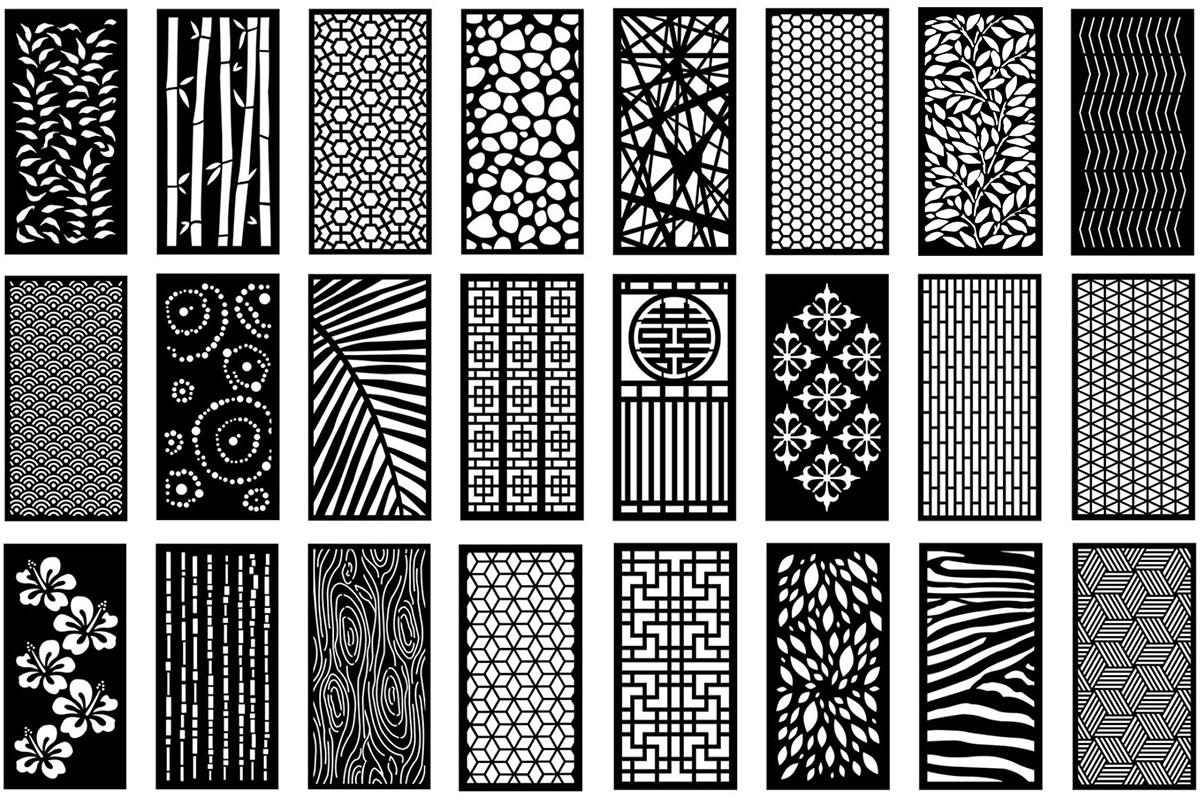
Pros and Cons of Aluminum Decorative Sheet Metal
| Pros | Cons |
|---|---|
| Lightweight | Can dent easily |
| Corrosion resistant | Conducts heat and cold (may need insulation) |
| Variety of finishes | May require special tools for cutting |
| Eco-friendly | Initial cost can be higher than other materials |
Choosing the Right Aluminum Decorative Sheet Metal for Your Project
Thickness Considerations
The thickness of aluminum sheets generally ranges from 0.5mm to 6mm. The choice depends on the intended use; thicker sheets provide greater durability but are also heavier.
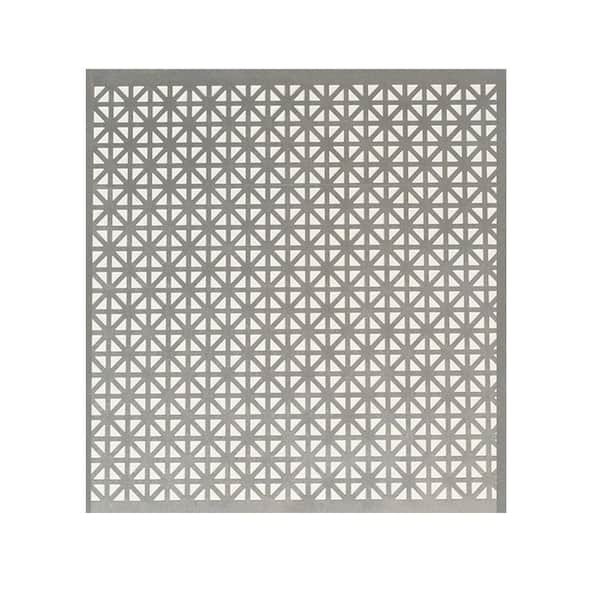
Finish Options
Options include brushed, anodized, powder-coated, and more. Each finish offers distinct advantages, affecting aesthetics and longevity.
Installation Tips for Aluminum Decorative Sheet Metal
Tools Required
- Metal shears or saw
- Drill and drill bits
- Measuring tape
- Level
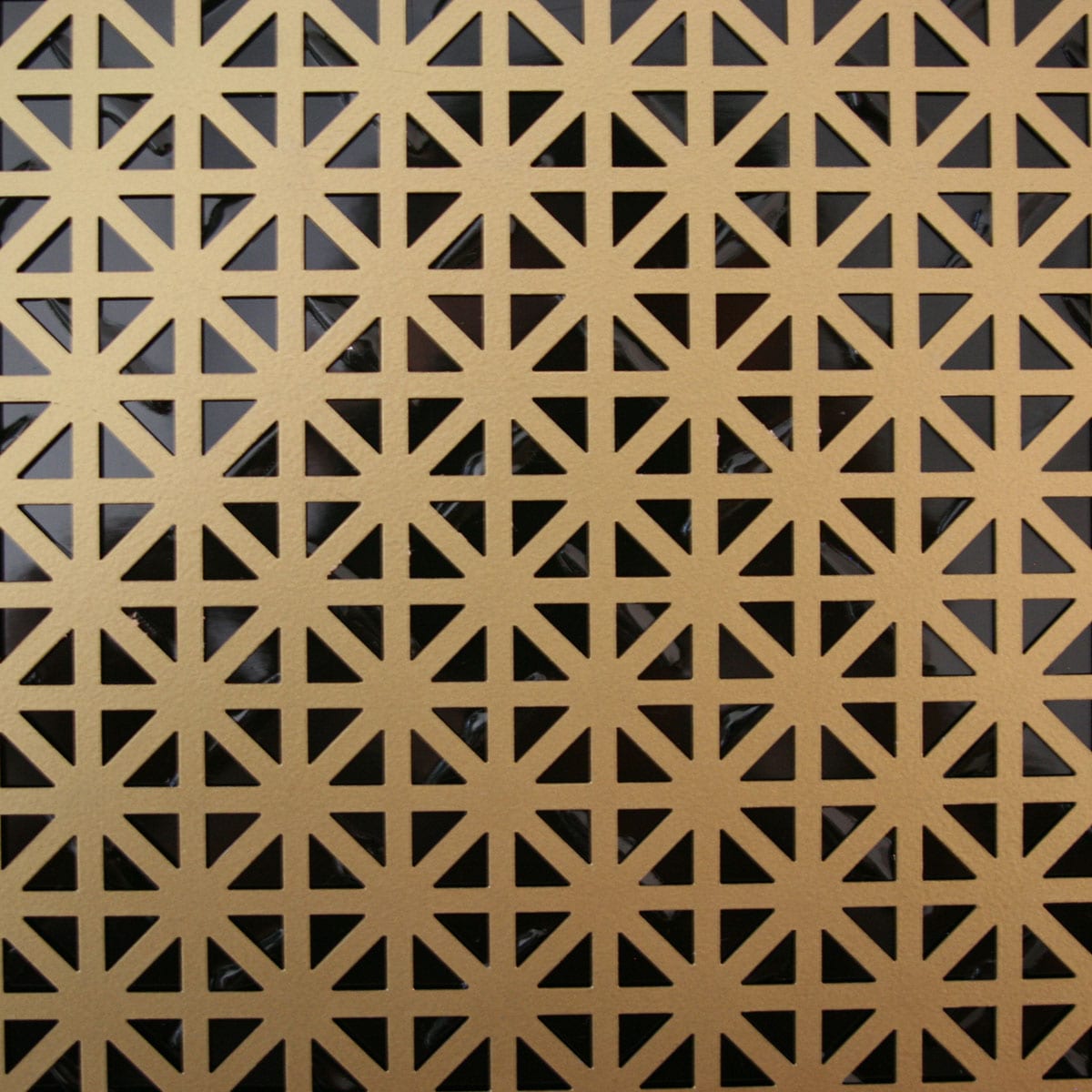
Step-by-Step Installation Guide
- Measure your project area accurately.
- Cut aluminum sheets to the desired size.
- Install using screws or adhesive, ensuring panels are level.
- Finish edges using trim or sealant as needed.
Maintenance of Aluminum Decorative Sheet Metal
Regular Cleaning
Cleaning aluminum sheets is simple. Use a mild detergent and water to remove dirt and grime.
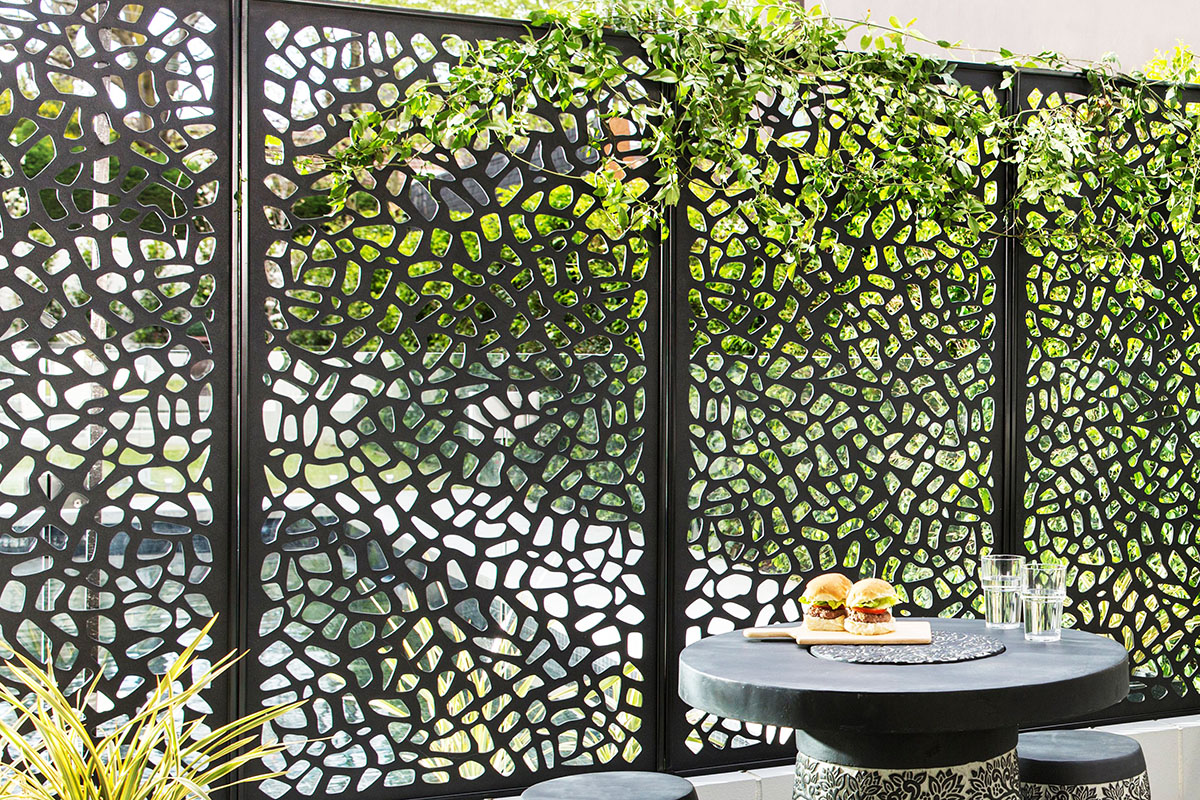
Preventing Damage
To avoid scratches, avoid using abrasive cleaners or scrubbing pads. If possible, apply a protective coating to enhance durability.
Real-Life Examples and Personal Experiences
In my own experience, I used aluminum decorative sheet metal for my home renovation project. It transformed not just the aesthetics but added value to my property. I particularly loved the brushed finish which gave my kitchen a modern twist while remaining practical.
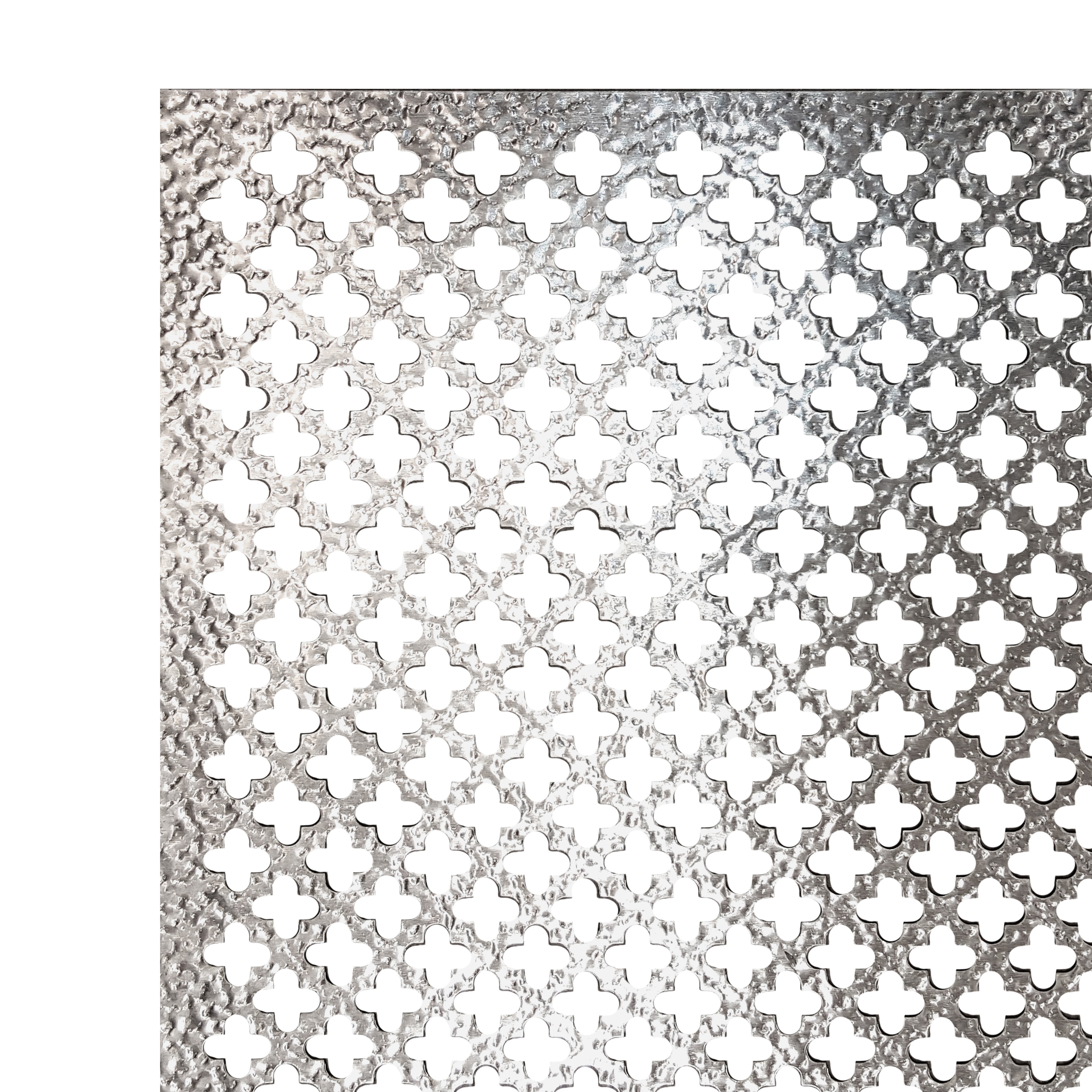
Frequently Asked Questions (FAQs)
Is aluminum sheet metal good for outdoor use?
Yes, the corrosion-resistant properties of aluminum make it suitable for outdoor applications.
Can aluminum decorative sheet metal be painted?
Absolutely! Aluminum can be painted, though specific primers designed for metal surfaces should be used for optimal adhesion.

How long does aluminum decorative sheet metal last?
With proper installation and maintenance, aluminum sheets can last several decades, making them a cost-effective choice in the long run.
What are the standard sizes of aluminum decorative sheet metal?
Standard sizes vary, but common dimensions include 4×8 feet and 4×10 feet sheets. Custom sizes are also available.